Himalayan Exploration and Tea Fuelled Mayhem
There are few places on the planet that offer up the kind of clarity, pace, and stunning insight that the tea-stained lands or mountain-rich geographies do. The people too, that are inextricably linked, are vital for both their perspectives and their understanding of the spaces they occupy. Crucial too, are their memories and oral narratives which can summon up so much that is necessary.
Here is a space that exists entirely for the ‘green’ and the ‘heights’ and their influences and abilities to soothe and cleanse. Crucially too, this is a space for the precious people of the land who live within or around these two gifts of the heavens – for it is the people and their tales, their calluses and anecdotes that give lifeblood to all.
Here, a selection of images, moments, and thoughts that deal with tea and mountains – in my mind at least, a sacred life-giving duo. Here too is a little visual journey along the trade routes of salt, of wool, and of the ever-present green leaf, tea. Anything that had value in the mountains was carted atop mules, yak, man, and even sheep into some of the most remote communities on earth. And from those communities came commodities only found in the great heights.
Tea
Tea – A seven-hour all night tea session (and the ensuing rapture) in a Taiwanese teahouse and my own ‘tea need’ was fixed. Asia’s great green commodity has (like few other luxuries) soothed, fed and stimulated. Tea holds a vital role as one of the few constants in my life – a constant that has only become more satisfying with time. The Tea Horse Road became and has remained a fixation, not for any esoteric joy but rather as it speaks to tea as the great fuel and panacea.
Mountains
Mountains – Their spaces and smells and underrated abilities as guardians and stewards have held me since I was young in Switzerland. There is a wonderful Himalayan saying of the mountains and being within their embrace: “You either cooperate or perish”. Apart from the drama of these words, the mountains offer up lessons of the earth and of the self in heaping gulps and in soft issuances.
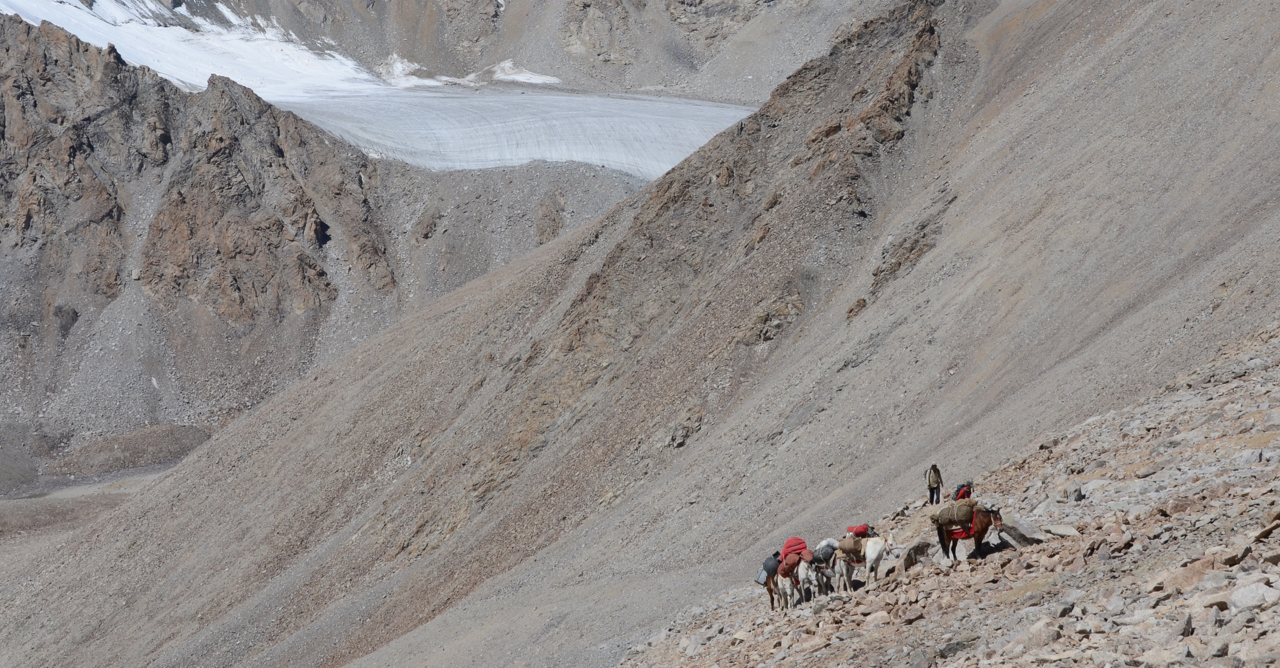
Trade routes, pilgrimage routes, and migration routes all converged and ushered commodities and mortals alike, up and into the Himalayas. It was in this way that they mountains were ‘built’ horizontally rather than vertically. Here, a portion of a pashmina wool route in Ladakh.
Having lived for most of the past decade in Asia, work and desire has contentedly centered on indigenous mountain cultures, oral histories, and an obsessive interest in tea. In this journey I was invited as a Scholar in Residence to the East West Center in Honolulu. Photos and stories have appeared on three continents in such award-winning publications as UNESCO, Huffington Post, Kyoto Journal, Condè Nast Traveller, Financial Times, Outpost Magazine, TRVL, and the South China Morning Post, as well as The Toronto Star, World Geographic, The Spanish Expedition Society, South China Post Newspaper, Outdoor Exploration, and Traveler amongst others. Various pieces of photographic work rest in private collections in Europe, North America and Asia.
Happily, I serve as Asian-editor-at-large for Canada’s multi-award-winning, ‘Canadian Magazine of the Year’, Outpost Magazine.
Having led expeditions into the Himalayas it gives great pleasure to be united with Wild China to lead exclusive expeditions along portions of the Ancient Tea Horse Road. Recently National Geographic Traveler named our Tea Horse Road tour as one of their “50 Trips of a Lifetime“.
Having spoken to students, universities and organizations in Asia, Europe and North America on tea culture and oral Himalayan narratives I am convinced of both the importance of Asia’s eternal green leaf, tea, and the mighty (and not so mighty mountains) that rise above so much. This blog gives me a forum to vent about both.
Recently, along with Aurelien and Allen Leftick, I set up Jalamteas which features limited editions of hand sourced teas from Yunnan province. It is the realization of a slightly obsessive dream to get authentic teas to drinkers who care about genuine Puerhs, with a story of the people and places behind them.
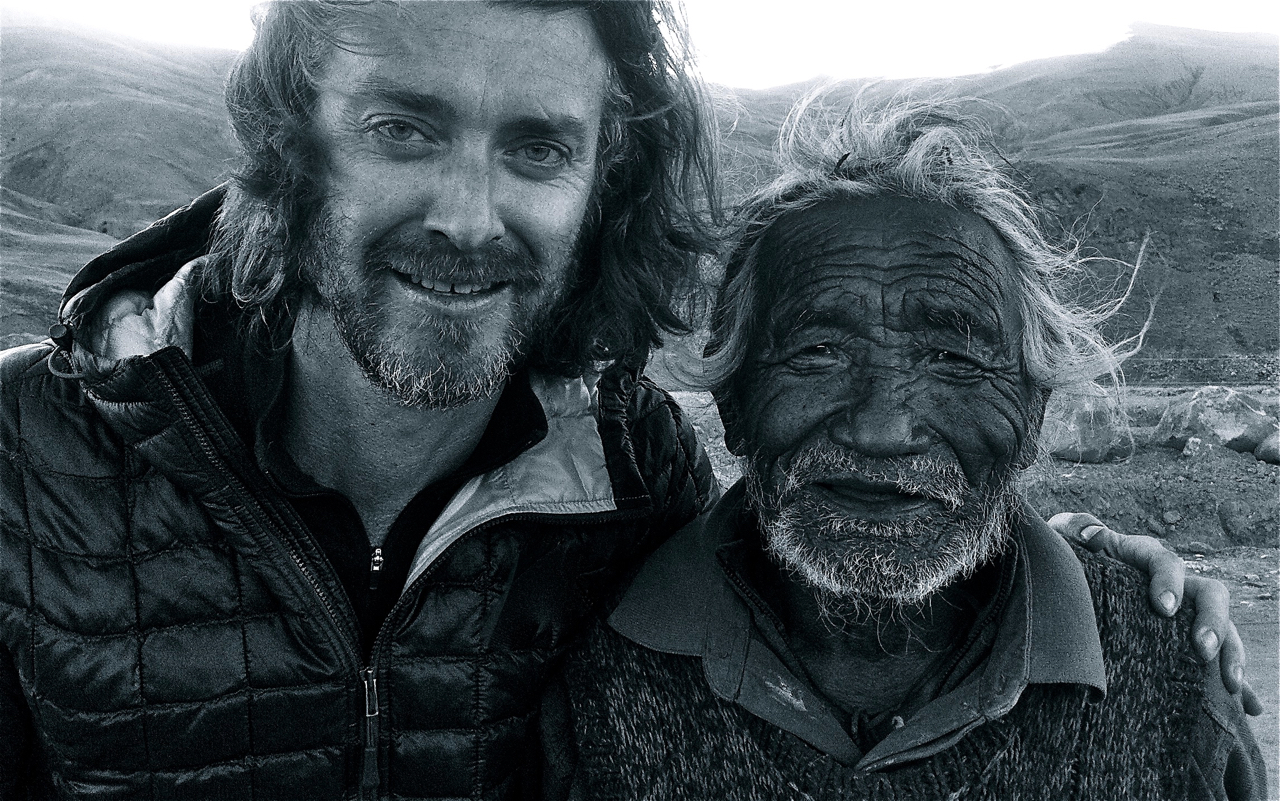
Time with a Tibetan elder who could recount the days of trade along the Tea Horse Road…and days where the commodities and currencies of choice were tea, salt, and wool.
My book ‘The Ancient Tea Horse Road’ – (Viking-Penguin Publishers) – ebook version here – detailing my 7.5 month groundbreaking journey traveling and chronicling one of the world’s great (and largely forgotten) trade routes, The Tea Horse Road. Like many obsessions, this journey to uncover more of its physical and cultural history will never really end.
Home for me in northwestern Yunnan for over a decade – close to my two ‘needs’, mountains and tea – allowed me unbridled access to both. Hawaii is now home for much of every year.
Link to:

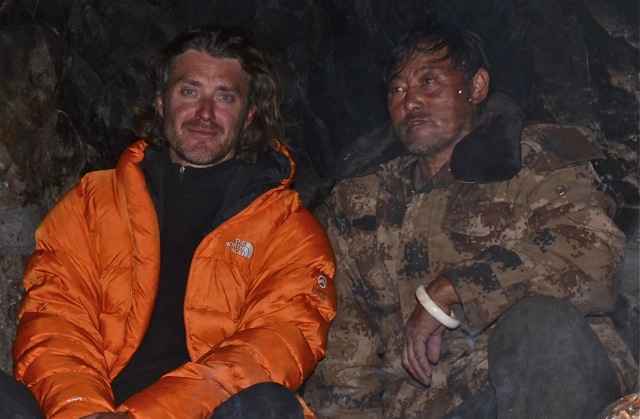
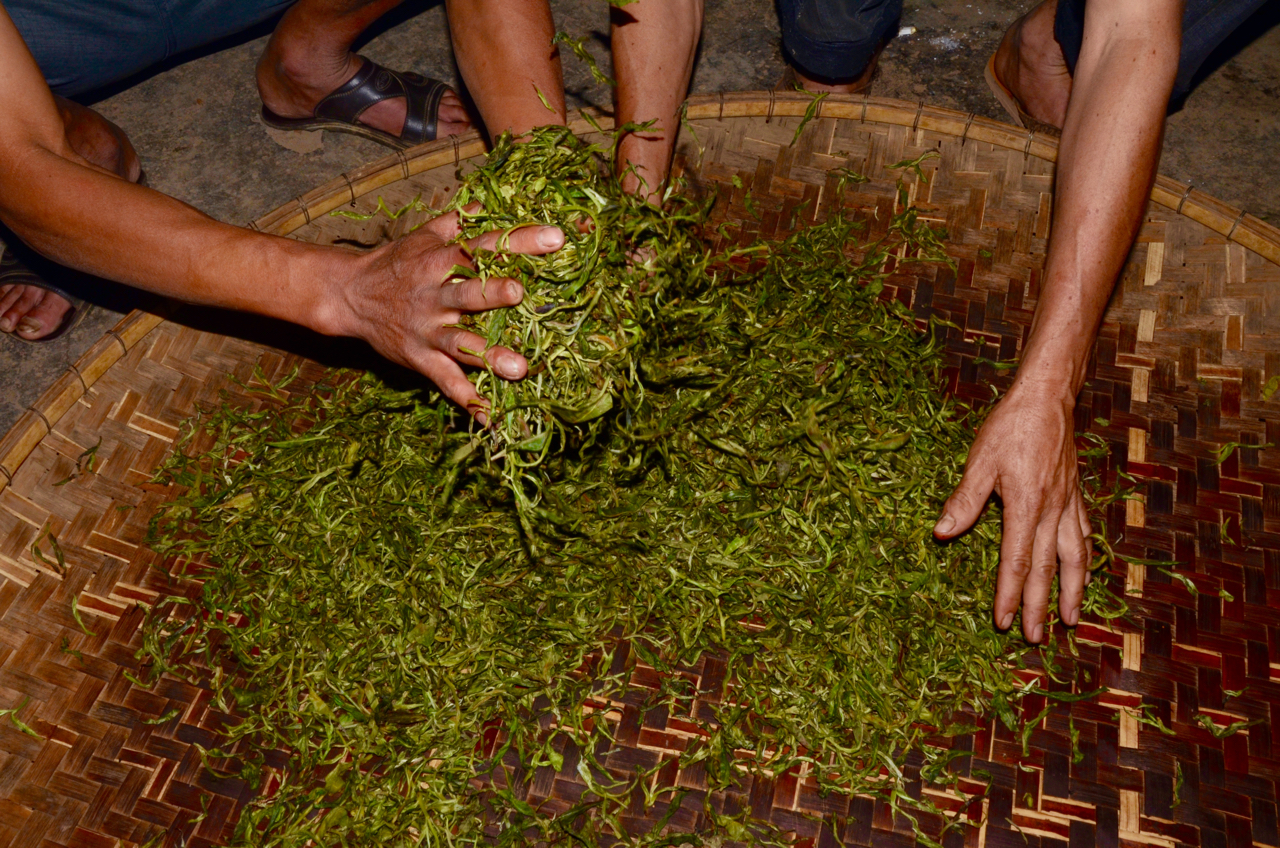
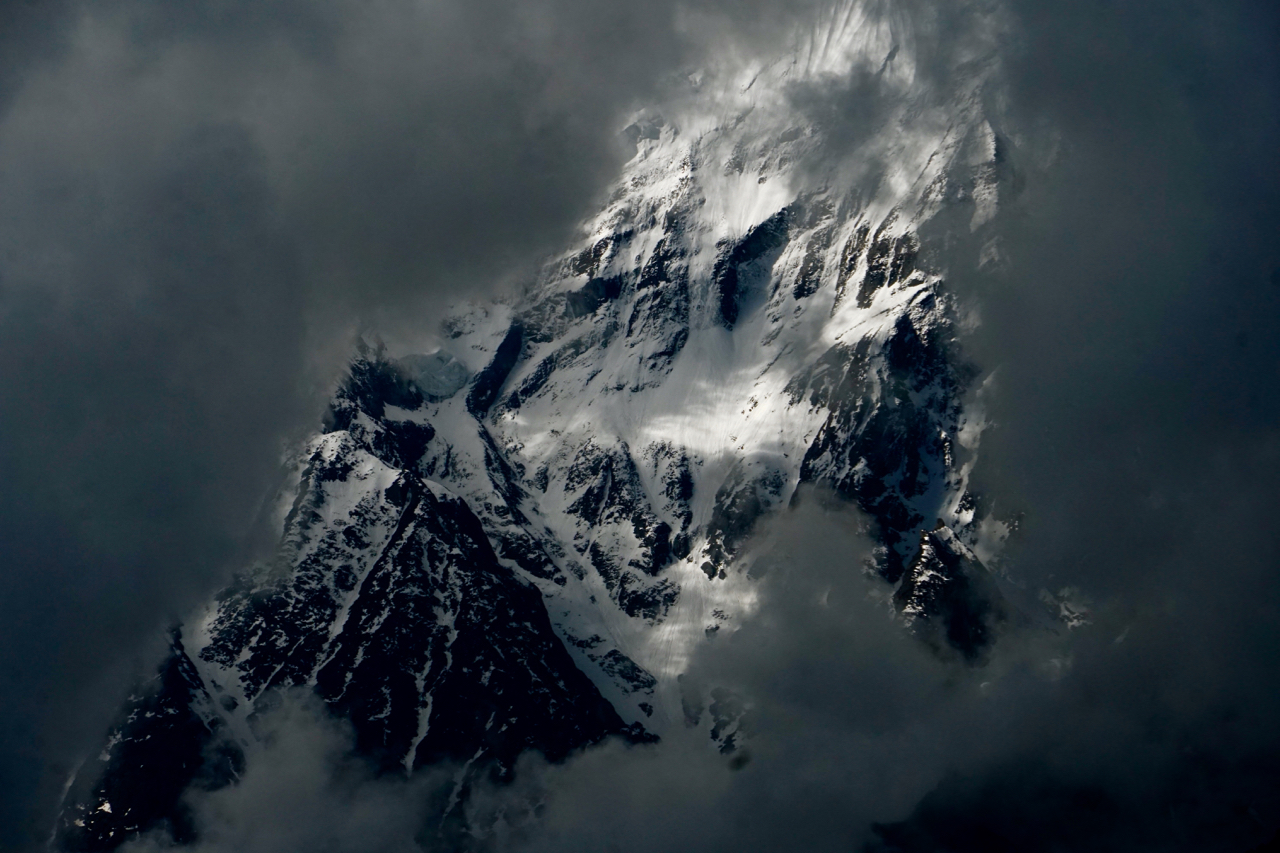
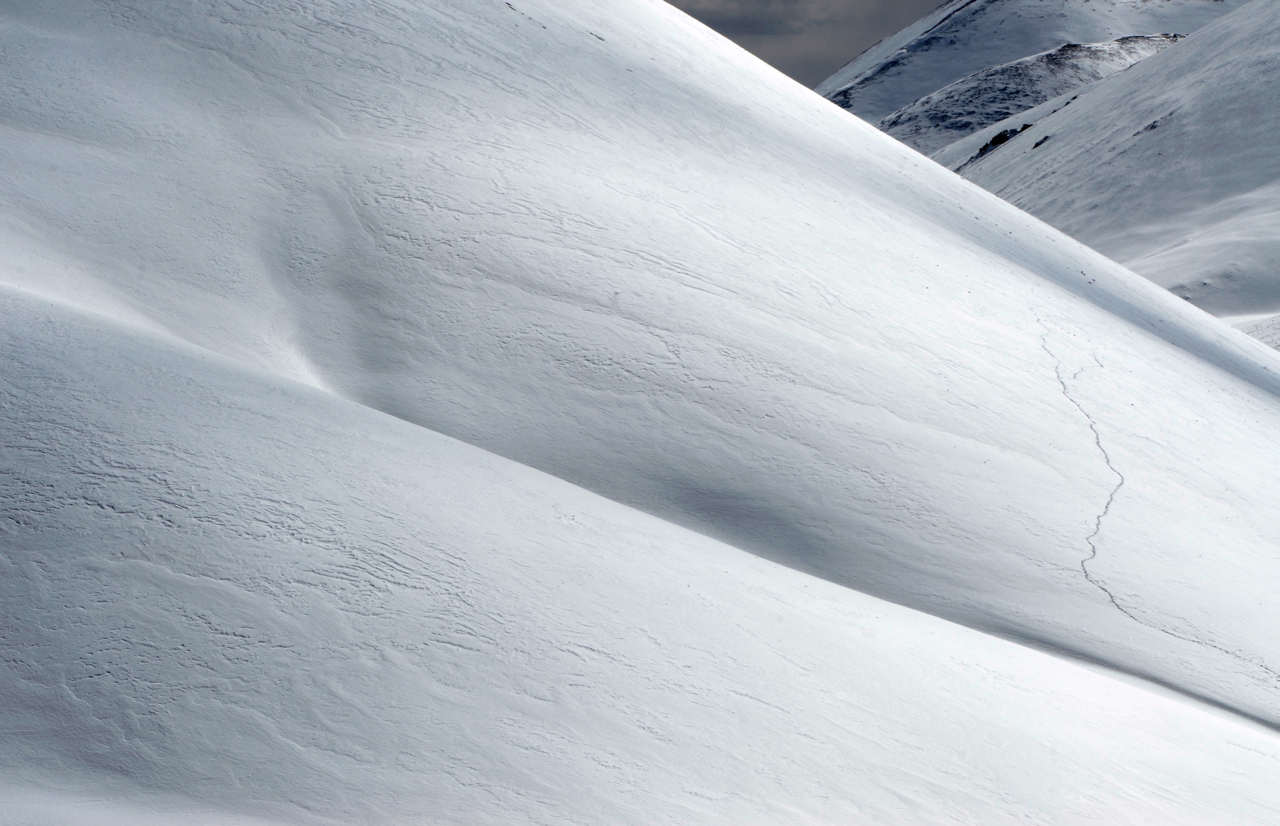
http://answers.yahoo.com/question/index?qid=20110401030834AArtQ9R Thanks for that awesome posting. It saved MUCH time 🙂
Hey there, please tell us when we will see a follow up!
I came to know about nomadic salt route today–very amazing–Dear Jeff Fuch,your book is going out of print–and there is only few copies in AMAZON–but at very unaffordable price abouve 200us dollar!Pl do somthing–I would like to request you to do something in this regard–other wise you can combine the both nomadic salt route+ this ancient tea horse route in one book–///I hope you one day come to ASSAM, NORTH EASTERN STATE, INDIA to do a research how tea entered ASSAM from china!hope I will get a reply from you.
Greetings and thanks for the note. I’m currently at work on creating an image-heavy ebook – one that will be reasonably priced. With with some planning and good fortune, I hope to be in northeastern India. That area, its history and long lost tea routes are of huge interest to me.
Be well Mayur,
Jeff
Thanks, Jeff–hope your feet will enlighten this area Assam very soon–and I express gratitude to you and many many thanks since you replied my words–pl feel free to write me.
My feet and I hope to be upon your lands in Assam as well as it represents another edge of the great routes. Thanks for your words Mayur.
Jeff
I hope too, to have my feet over to Assam and its own histories soon.
Thanks for the note Mayur.
Jeff
Sir–I am still waiting for your Journey To Assam–When will you come-pl intimate again–About Sukapha’s Route–we can disscuss–Hear you soon–September 2014?
Greetings from Europe Mayur. I’m still waiting for confirmation about my Assam dates. There is a chance that it will not happen. I shall write you as soon as I hear more.
best,
Jeff
Hi Jeff,
I saw you do a tasting at the Tea Emporium in Toronto, I asked you about how to store tea and I told you about my tea shelf.
Anyways, I would like to know, on average, how much tea do you drink in a single day?
Thanks
Therry.
Hi Therry,
Long time since the Tea Emporium and I do remember the “tea shelf” discussion.
Most days – and I’ve only recently been actually observing how much I consume – I take in just under a litre of tea. This is spread out throughout the day, usually consisting of one or sometimes two teas. I don’t follow the informal rule of not drinking tea after 4 pm…I’m slurping away whenever the mood strikes but I alter the times and amounts of leaves. Something a friend in Yunnan explained is that the longer the first rinse time is the more of the stimulant compounds are removed so when I want to go easy, I let the tea leaves rest in a long first rinse.
thanks for writing in and hope all is well,
Jeff
have you ever thought of delving into the history and culture of the mate and tea plantations in the Guarani “Indian” area, site of the fascinating Jesuit Missions in area of Iguazzu Falls sub-tropical rain forests and corner of present day Argentina/Paraguay/Brazil? –
Hi Jeff,
I wasn’t sure how else to contact you but I was given your name whilst researching an article I’m writing for a magazine in Shanghai. I’m looking for people/organizations who are leading tours or activities in the less touristed parts of china that are leaning heavily toward the educational and which are family friendly. Are you still leading tours and can families with kids join them? What educational themes do they focus on? Any information would be grand, if you have the time.
Kind regards.
Hope you received my email reply. If not please connect with me at Vandor81@gmail.com.
Jeff
Hey Jeff –
I have been an avid follower of your adventures and writings since discovering your work a few months ago. I came upon your blog while researching information on doing a kora around the mighty Amnye Machen. I completed a half kora, thanks in part to your great post on it! I just returned from six months of adventuring around China and the first thing I did was read your book, and I am greatly inspired by it. I wish I had known about you while I was living in Kunming a few years back – I had the chance to spend a Spring Festival with a friend in the village of Pu’er and would have enjoyed sharing my experience with you.
If possible, I would love to get in contact with you to hear more personally about your adventures and what you have planned for the upcoming year. Maybe I could even tag on to an adventure with you – that would be life changing!
Also, please feel free to browse my blog Musical Plates. I adventured to a bunch of great Tibetan areas that I am sure you are very familiar with.
Best wishes,
Bret Newman
Greets Bret and hoping that this might reach you. Sent on an earlier email that I suspect got stuck in the middle-lands.
Thanks for the note and just the mention of the Amnye kora sets off the blood on a nice trip.
Do let me know if you get this note Bret…and we can continue by email.
best,
Jeff
Hey Jeff,
It was really awesome meeting and chatting with you at Tea Drunk in Manhattan over the weekend. I am hoping we can continue to stay in touch through e-mail (newman.bret@gmail.com) and would love to talk more about opportunities with Wild China.
Wishing you the best of luck on your journey to Assam – I can’t wait to read about it!
Take it easy,
Bret
Absolutely fascinating blog and life, Jeff. I’ll definitely be returning here often. Your pictures are breathtaking, your words are inspiring, and your lifestyle is thrilling. Looking forward to meet and talk to you in the near future. I will be sharing your blog to my readers!
-Sam
Pleasure hearing from you Sam and appreciate the words. Let’s do tea at some point.
best,
Jeff
Hi Jeff,
I saw your website and wanted to contact you. I study the traditional textiles of the Western Himalaya, as well as the mummies of Western China. I have long wanted to travel the ancient trade routes that connect the Kullu valley to China and Tibet and perhaps make a documentary about them. Imagine my surprise and delight to find your web page. I would love to be in contact and learn about your specific route.
Hi Suzette,
Thanks for the note – will email you directly and we can continue the conversation about these routes through the sky.
Jeff
Hi Jeff,
Was your book about Tea Horse Road translated in French ?
Cheers
S.
Not as of yet Stephan.
Jeff
Hi Jeff, I just watched your tea road movie. I’m curious about some of the other handicrafts visible on the documentary such as the wool tent and some of the clothing. Is there any effort to preserve some of those handcrafts? I’m a spinner and fiber artist among other things and I’d love to know more about that aspect of life as well. Thanks, Bambi
Hi to you Bambi. Ah, those beautiful crafts are in much need of preservation and care. There are some who are making an attempt to preserve not only the items but the methods of production in the Himalayan regions, but like much in the area there is so much in flux that often the old ways get shoved aside. As with much with the ‘people of the land’ there are still many of the elders who are troves of information and kind generosity, only too happy to explain the old ways and traditions. Not many actually produce the tents or tea cylinders anymore though many homes or communities keep old materials. Regions in Nepal’s north, Ladakh and Himachal Pradesh in India do have small handicraft communities maintaining some of the traditions. One hopes that someone is taking down some of the information for posterity. Those yak tents in particular are gems of practical and aesthetic brilliance. Thanks for the note Bambi. Jeff
I’d also like to know if there is any way to actually taste this tea? What changed the quality of the tea 35 yrs ago? A decade ago I helped acquire sheep for a local tribe in albuquerque to improve luster and quality of wool for the tribes weavers. It was incredible how the rugs being made had degraded in their look and feel. So many of the tribes young people didn’t learn how to raise their flocks or to craft the textiles the tribe was known for. I was very grateful to learn a little while I lived in such a rich environment. Bambi
Hi again Bambi. As for the tea, many traders and muleteers spoke of a change in the quality. It seems that tea from Sichuan came to dominate the Yunnan teas (which were known to be stronger…preferred for many of the Tibetans). Though Sichuan teas began to come onto the Tibetan Plateau centuries ago there was still Yunnan tea available through some channels. The stuff was coveted and often sold for higher prices. Yunnan’s Puerhs are now widely available in the raw or ‘Sheng’ format at http://www.jalamteas.com (I’m a happy co-founder). Puerh teas age over time so it proved ideal for the traders whose journeys often lasted months on end.
Great that you were part of an initiative to assist Bambi and also to learn some of the old ways. There is still much wisdom in those efforts. Be well Bambi. Jeff
Dear Jeff,
Thank you for your beautiful and fascinating documentary, and for sharing your passion. Wonderful story that must be told indeed. Beautiful people and stunning landscapes. I greatly enjoyed it, being a tea-lover myself. There was a beautiful exhibition about tea and the tea horse road at the Musée Pointe-à-Callière in Montreal a few years ago, and your doc brought to life the images that I saw on a display there. In Montreal, there are great tea houses, like Camillia Sinensis, as well as in Hull, with Chayi. I always make a stop to enjoy a tasty and uplifting cup of tea. 🙂
Gratefully,
Josée-Britanie
Beautiful words Josée-Britanie and appreciated. Good stories need transmitters and so much of the mountains and leaves lend themselves to good stories. I well know and enjoy Camilla Sinensis and what they do and the way they do it.
Thanks again for the wonderful words…wish that the characters in the film could understand how much their tales meant to many.
very best to you,
Jeff
Hi
We also have a web about Yunnan Tours. https://www.yunnanexploration.com/destinations/diqing/meili-snow-mountain
Hope to have more cooperation in the future.
Dear Jeff,
Enjoyed your comments and photos. I’m looking for your book.
Thanks for the note Richard.
The book remains on Amazon and other online bookstores – some with ugly prices! Apologies for that.
Link below for the book.
https://www.amazon.com/Ancient-Tea-Horse-Road-Himalayan/dp/0670066117/ref=sr_1_2?keywords=the+ancient+tea+horse+road+jeff+fuchs&qid=1582331456&sr=8-2
be well,
Jeff
Hi Jeff,
I am trying to watch your documentary “The Tea Explorer” any links on where I can watch it for free online?
Thanks,
Will